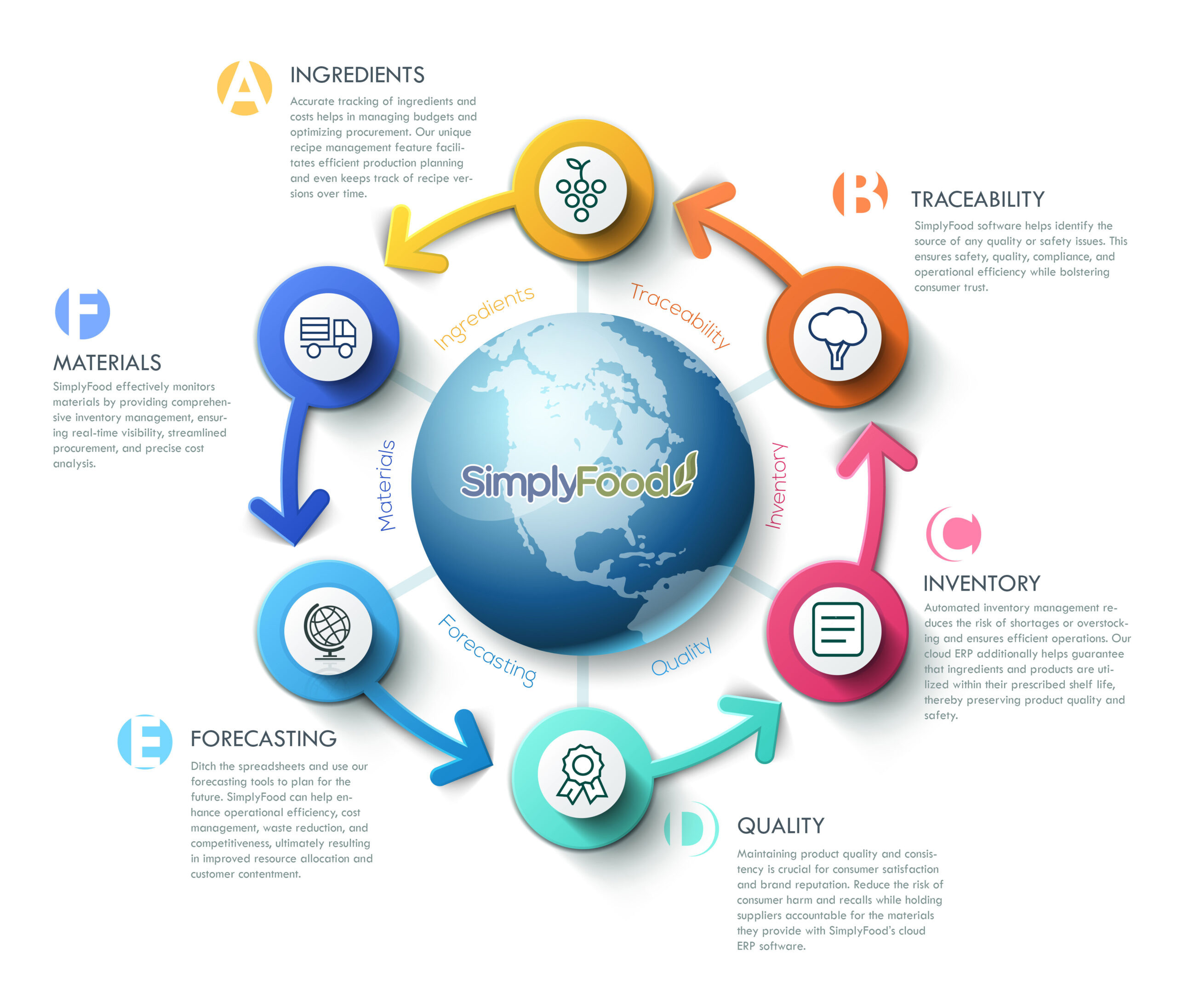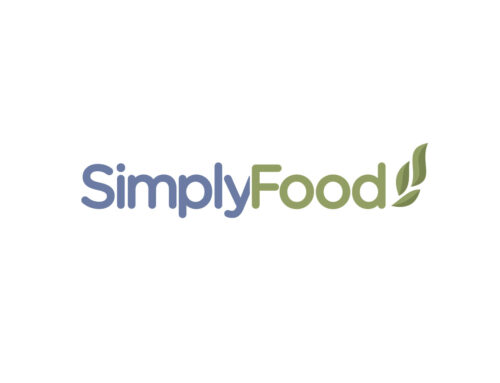Do we need a discrete manufacturing system to make our food products? This is the question we get asked at almost every company we speak with about food production software. The short answer… probably not. And here is why.
- Way more than you need. Food production is different than your standard discrete manufacturing processes. It probably only requires somewhere around 10-25% of the feature functionality found in these systems. If you purchase a discrete manufacturing system, you will certainly be able to do food production, but you will be paying for a lot of functionality that you will never use:
- Multi-level bills of material. This just isn’t needed in food manufacturing.
- Routing steps. Most food production makes use of a production line or room, not work centers. It is in one end, and out the other.
- Outside processing. When was the last time you sent your potato chips out for heat treatment or powder coating?
- Sub-assemblies. Yeah, not likely.
- Scrap processing & rework. There are no partially used sheets of steel or square tubing to track. And if you scorch that kettle corn, there is no fixing that.
- Visual finite scheduling. We go from raw materials to finished goods in a single shift. Do you really need to know that bean burrito number 1238 just passed through the blast chiller?
- Employee scanning on and off of production to capture data. We probably know that we can make 3000 cases of those bean burritos in a single shift on production line #2. We also know exactly how much labor and overhead that takes. So scanning on and off of production orders is tedious and unnecessary.
- Work in process (WIP) tracking. It may take months to make a Caterpillar excavator. But unless you are producing Twinkies or Spam, your products will probably be expired in that amount of time. Again, we are measuring complete production time in hours in most cases.
- Product configurator. You don’t need to select the color of your grilled cheese sandwich.
- Engineering change control. Just no.
- Cost. Discrete manufacturing systems can be pricey. Not only licensing costs, but setup/implementation costs and ongoing internal management of the system. Food companies often overlook those last 2.
- Complexity. If you are moving from a basic system such as QuickBooks, Excel spreadsheets, and some disparate add-ons, you are in for a big shock when you see how complex a discrete manufacturing system can be for your users. It is a hidden cost that can greatly increase your ROI time.
- Add-on products. Here we are talking about both vendor supplied add-ons and third party. A number of discrete manufacturing systems are really only good at manufacturing. You want to sell those food products you are producing via a Shopify or BigCommerce site, or maybe Amazon – good luck. How about a connection to a DSD platform? Systems purpose built for food production excel in all of these areas.
- Ease of use. These discrete manufacturing systems can be clunky for users. Modern food production software should be cloud-based, easy to access and use, intuitive, automated, and flexible. These are concepts not often associated with the typical discrete manufacturing solution.
As stated in the beginning, certainly a discrete manufacturing system can work for a food production company. However, our recommendation is always to look for the system that best mirrors the workflows that your food production company needs to operate most efficiently, without all of the additional features you will most likely never use. In a word, simplify.





